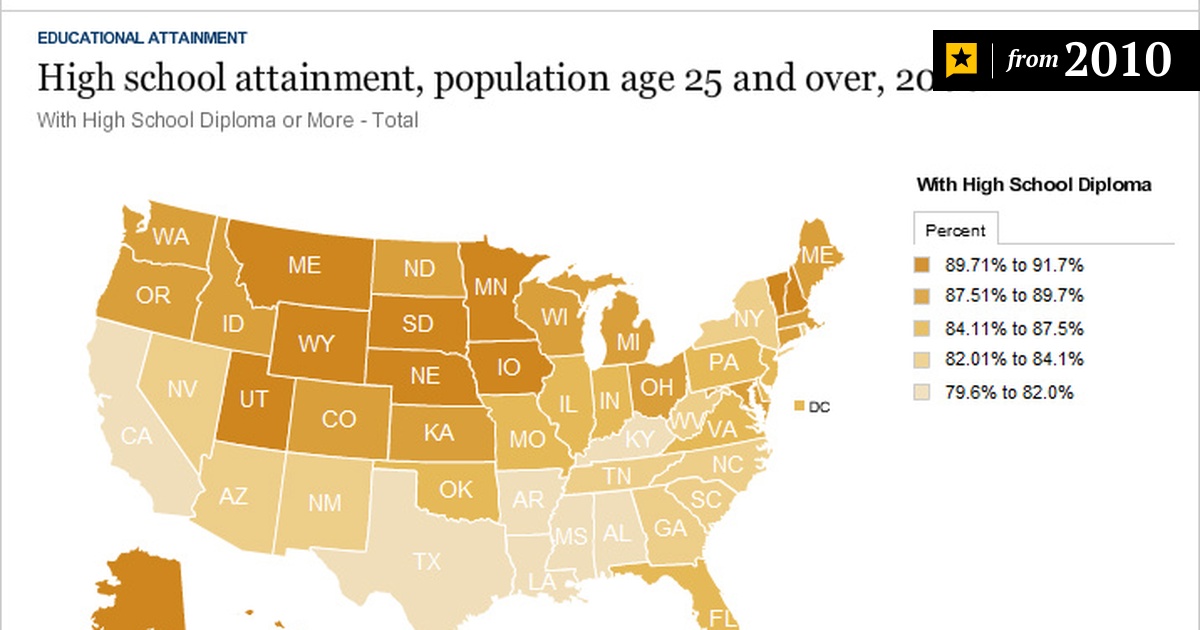Texas’ position in the national education landscape has long been a topic of interest and concern. As one of the largest states in terms of population and economic output, understanding where Texas stands in terms of educational attainment is crucial. This article delves into the current ranking of Texas’ education system compared to other states, providing a comprehensive overview of its strengths and challenges. By examining key metrics and indicators, it sheds light on the progress and areas in need of improvement, ultimately offering insights into the state’s educational standing.
1. Overall Education Ranking
1.1 National Rankings
When it comes to overall education rankings, Texas holds a significant place among the states in the United States. According to the National Assessment of Educational Progress (NAEP), commonly known as “The Nation’s Report Card,” Texas consistently ranks in the middle to lower range in terms of overall educational performance. The NAEP assessments provide valuable insights into students’ academic achievements across various subjects and grade levels.
1.2 Factors Affecting Rankings
Several factors contribute to the overall education rankings of a state. These include student performance on standardized tests, high school graduation rates, college enrollment rates, access to quality early childhood education, teacher quality, educational resources, and funding, among others. Each of these factors plays a crucial role in determining a state’s standing in terms of education.
1.3 Texas’ Current Standing
Currently, Texas ranks below the national average in various educational metrics. It consistently falls behind states that have made significant investments in their education systems and prioritized initiatives to improve student outcomes. While Texas faces challenges in certain areas, it also demonstrates strengths in specific aspects of education. Analyzing Texas’ standing helps identify areas for improvement and opportunities to enhance the overall quality of education in the state.
2. State Education Expenditure
2.1 Texas Education Budget
Understanding a state’s education expenditure is crucial in assessing its commitment to education. In the case of Texas, the state has made commendable efforts in allocating a substantial portion of its budget to education. According to the Texas Education Agency, the state’s education budget for the fiscal year 2021-2022 amounts to billions of dollars, covering various aspects, including Pre-Kindergarten education, K-12 schools, and higher education institutions.
2.2 Comparison with Other States
When comparing Texas’ education expenditure with other states, it is important to consider the state’s size and population. While Texas boasts a substantial education budget, its expenditure per student may appear lower when compared to states with smaller populations. It is essential to analyze the efficiency and effectiveness of the education budget in delivering optimal outcomes for students.
2.3 Impact on Education Rankings
Although Texas allocates a significant amount of its budget to education, its impact on education rankings can be influenced by various factors. For instance, the distribution of funds across different educational sectors and the equitable allocation of resources play crucial roles. Moreover, ongoing investments in professional development for teachers and infrastructure improvements can enhance the overall impact of the education budget on student outcomes and rankings.
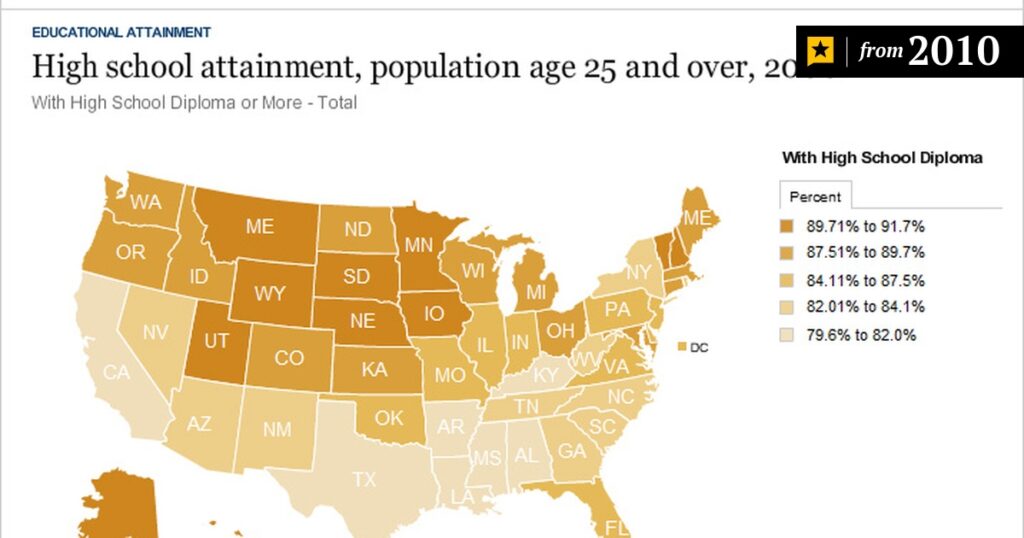
This image is property of thumbnails.texastribune.org.
3. Early Childhood Education
3.1 Pre-Kindergarten Enrollment
Early childhood education, particularly Pre-Kindergarten programs, has been increasingly recognized for its importance in a child’s development and future academic success. Texas has taken steps to expand access to quality Pre-K programs, with the aim of preparing young learners for their educational journey. However, there is still progress to be made, as Texas lags behind states with higher percentages of Pre-K enrollment.
3.2 Quality of Early Learning Programs
Ensuring the quality of early learning programs is vital for establishing a solid foundation for children’s educational journey. Texas has recognized this importance and has put efforts into improving the quality of its early learning programs. Efforts include establishing guidelines, professional development opportunities for early childhood educators, and monitoring and evaluation systems to ensure high-quality standards are met.
3.3 Initiatives and Outcomes
Texas has embraced various initiatives to enhance early childhood education outcomes. Initiatives such as Early Head Start and High-Quality Pre-K programs have shown positive impacts on children’s cognitive, social, and emotional development. By investing in evidence-based practices, Texas strives to support early learners and bridge the achievement gap, setting them on a path towards success throughout their educational journey.
4. K-12 Education System
4.1 State Curriculum Standards
The establishment of state curriculum standards is a crucial component of an effective K-12 education system. In Texas, the Texas Essential Knowledge and Skills (TEKS) serves as the framework for curriculum standards across various subjects and grade levels. These standards set the expectations for student learning and provide guidance for educators in delivering an education aligned with state goals.
4.2 Teacher Quality and Student Performance
The quality of teachers plays a fundamental role in student performance and outcomes. Texas has been actively working towards improving teacher quality through various initiatives, including ongoing professional development and support systems. Efforts to attract and retain highly qualified teachers are vital for enhancing student success and narrowing achievement gaps.
4.3 Funding and Resources
Adequate funding and allocation of resources are essential for the success of K-12 education systems. Texas faces the challenge of effectively distributing resources across a diverse student population and ensuring equitable access to educational resources. Continued efforts to allocate funds efficiently, improve infrastructure, and provide necessary resources can contribute to the enhancement of the K-12 education system in Texas.
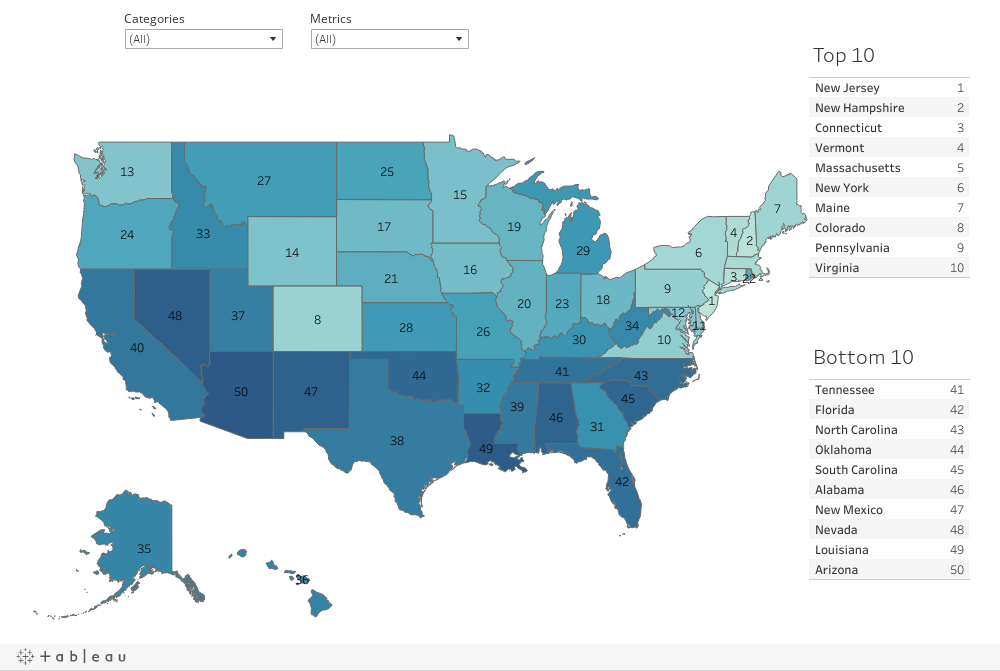
This image is property of public.tableau.com.
5. High School Graduation Rates
5.1 Graduation Rate Comparison
High school graduation rates serve as an important indicator of a state’s educational success. While Texas has made progress in improving graduation rates, it still lags behind the national average. Comparing graduation rates with other states allows for a better understanding of the areas that require attention and targeted interventions to ensure higher rates of successful high school completion.
5.2 Dropout Rates
The measurement of dropout rates provides insights into the challenges faced by students and the education system. Texas has been working diligently to reduce dropout rates through interventions such as dropout recovery programs, alternative education options, and personalized support for at-risk students. By addressing the factors contributing to student disengagement, dropout rates can be effectively diminished.
5.3 Factors Influencing Graduation Rates
Several factors influence high school graduation rates, including academic performance, student engagement, access to support services, and relevant coursework. Texas has recognized the need for personalized learning experiences, early intervention programs, and strategies to support struggling students. By targeting these factors and providing comprehensive support systems, graduation rates can improve in the state.
6. Standardized Testing
6.1 Assessment Program Comparison
Standardized testing serves as a measure of student learning and serves to inform educational policies and practices. In Texas, the State of Texas Assessments of Academic Readiness (STAAR) program is utilized to assess students’ proficiency and readiness in various subjects. Comparing the STAAR program with other states’ assessment programs provides insights into the strengths and areas for improvement in Texas’ standardized testing system.
6.2 Accountability and Test Scores
Accountability measures play a crucial role in ensuring educational rigor and assessing student performance. The STAAR program provides valuable data on student test scores, which are used to evaluate school and district performance. Analyzing test scores allows for targeted interventions and improvements in curriculum, instruction, and support systems to address areas of weakness and enhance educational outcomes.
6.3 Implications for Education Rankings
Standardized testing outcomes can significantly impact a state’s education rankings. Texas recognizes the importance of rigorous assessment practices and continually works towards refining its testing programs. By leveraging the data obtained from standardized testing, education policymakers and stakeholders in Texas can make informed decisions to address areas that impact the state’s rankings.
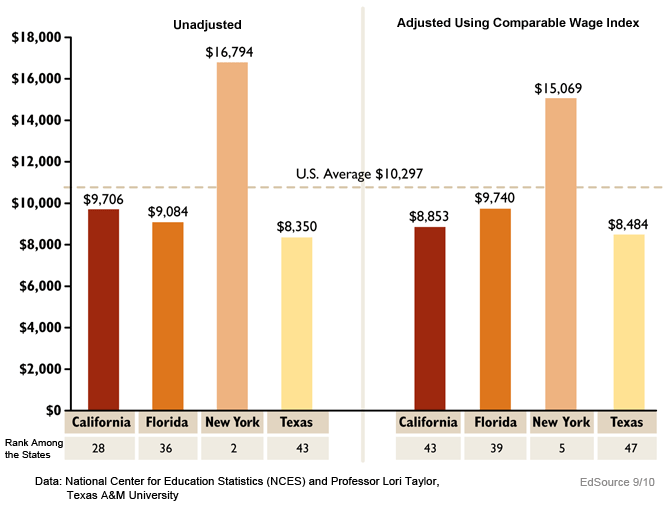
This image is property of 1.bp.blogspot.com.
7. College Readiness
7.1 College Enrollment Rates
As the demand for a skilled workforce increases, college readiness becomes a critical focus area for educational systems. Texas has made progress in increasing college enrollment rates, with efforts focused on expanding access to higher education. By encouraging college-going cultures, providing support services, and aligning high school coursework with college requirements, Texas aims to prepare students for success beyond K-12 education.
7.2 Advanced Placement (AP) Participation
Participation in Advanced Placement (AP) courses and exams is an indicator of college readiness and academic preparation. Texas has been actively promoting AP participation by expanding course offerings and providing professional development opportunities for teachers. By encouraging students to take rigorous courses and pursue AP exams, Texas aims to enhance college readiness and provide opportunities for advanced learning.
7.3 College Preparatory Programs
To strengthen college readiness, Texas has implemented various college preparatory programs, such as the Texas College and Career Readiness Standards, Early College High Schools, and Dual Credit programs. These initiatives provide students with opportunities to gain college credits while still in high school, facilitating a smooth transition to higher education. By focusing on college preparation, Texas aims to equip students with the skills and knowledge necessary for post-secondary success.
8. Higher Education
8.1 Texas Public University System
Texas boasts a robust public university system, which includes renowned institutions such as the University of Texas and Texas A&M University. These institutions offer diverse academic programs and contribute significantly to research and innovation. The Texas Higher Education Coordinating Board plays a vital role in overseeing and promoting the quality and accessibility of higher education across the state.
8.2 Graduation Rates and Retention
Graduation rates and retention rates in higher education institutions are indicators of their effectiveness in supporting student success. Texas has made efforts to improve graduation rates through initiatives like the Graduation Rate Improvement Plan. By providing support services, academic advising, and financial aid programs, institutions strive to enhance student retention and timely completion of degrees.
8.3 Post-Graduation Outcomes
Post-graduation outcomes, such as employment rates and earnings, reflect the effectiveness of higher education institutions in preparing graduates for the workforce. Texas aims to align higher education programs with workforce needs to enhance post-graduation outcomes. By fostering strong partnerships between higher education institutions and industries, students are better equipped for successful careers in relevant fields.
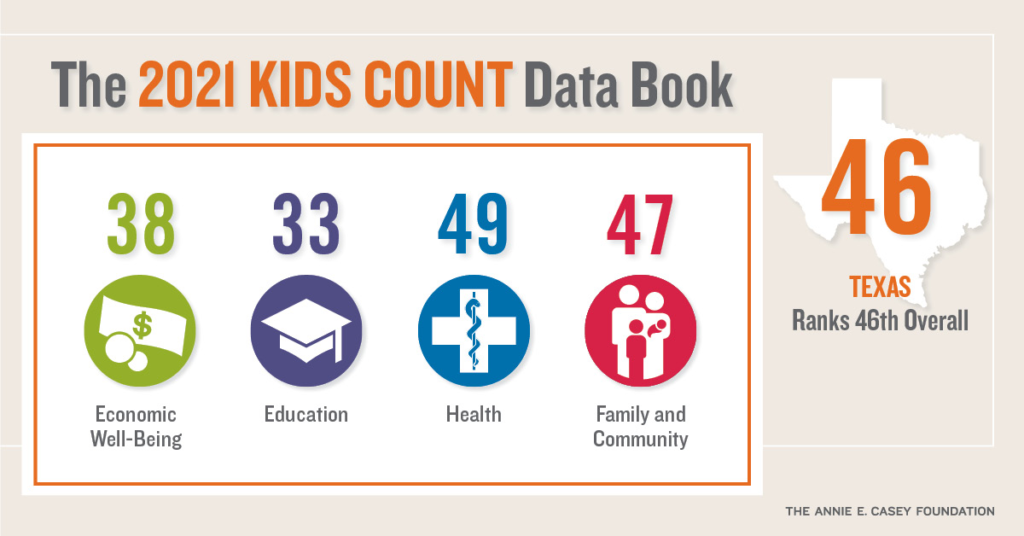
This image is property of everytexan.org.
9. Achievement Gaps and Equity
9.1 Educational Disparities
Achievement gaps and educational disparities persist in many educational systems, including Texas. These disparities often manifest along racial, ethnic, and socioeconomic lines. Texas recognizes the need to address these gaps to ensure equity and equal opportunity for all students. Efforts are being made to identify and address the root causes of achievement gaps and implement targeted interventions to eliminate disparities.
9.2 Minority and Low-Income Student Performance
Improving the performance of minority and low-income students is a priority for educational equity in Texas. Strategies such as culturally responsive teaching, targeted academic support, and equitable resource allocation aim to uplift the academic achievement of these student populations. By addressing the unique challenges faced by these students, Texas seeks to create a more inclusive and equitable educational system.
9.3 Efforts towards Equity
Texas has implemented various equity-focused initiatives aimed at reducing achievement gaps and promoting educational equity. These initiatives include programs focusing on early intervention, targeted professional development for educators, and resource allocation strategies that prioritize schools and communities with higher needs. Continued efforts towards equity are essential to ensuring all students have access to high-quality education.
10. Conclusion and Future Outlook
10.1 Summary of Findings
In summary, Texas holds a middle to lower ranking in overall education compared to other states. While the state has made significant efforts and investments in areas such as early childhood education, K-12 education, and higher education, there is room for improvement in various aspects. Challenges such as improving graduation rates, reducing achievement gaps, and enhancing college readiness require ongoing attention and targeted interventions.
10.2 Continued Challenges
Texas faces continued challenges in raising its standing in education rankings. These challenges include addressing disparities, ensuring equitable resource allocation, and improving student outcomes across various educational metrics. Maintaining a focus on continuous improvement and embracing evidence-based practices will be instrumental in overcoming these challenges.
10.3 Areas for Improvement
To improve its education ranking, Texas should consider strategies such as expanding access to quality early childhood education, attracting and retaining highly qualified teachers, fostering a college-going culture, and enhancing support services for students. Additionally, addressing achievement gaps, ensuring equitable resource distribution, and strengthening partnerships between educational institutions and industries can contribute to improved education outcomes.
By prioritizing these areas for improvement and embracing a collaborative and comprehensive approach to education reform, Texas has the potential to elevate its education rankings and provide all students with a high-quality education that prepares them for success in an increasingly competitive global landscape.
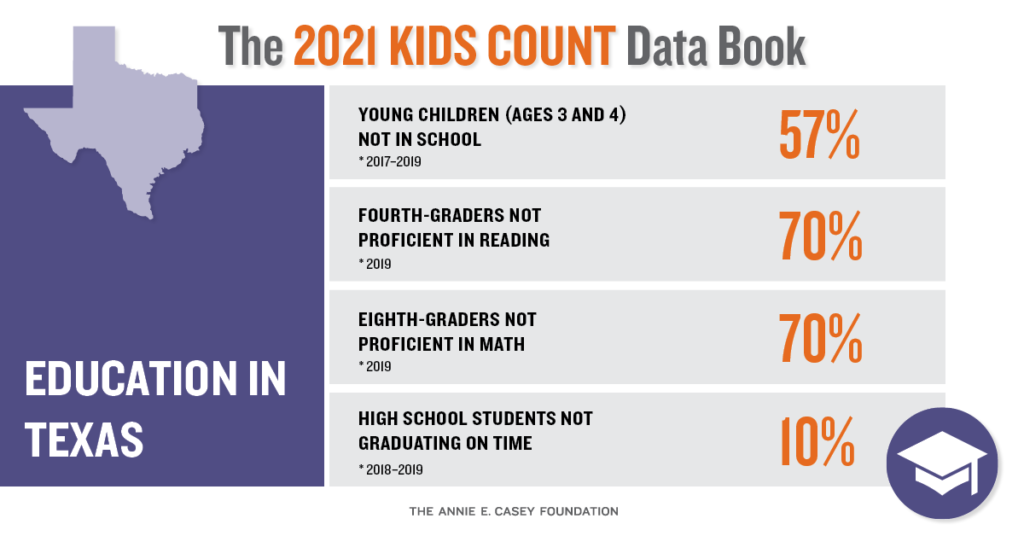
This image is property of everytexan.org.
